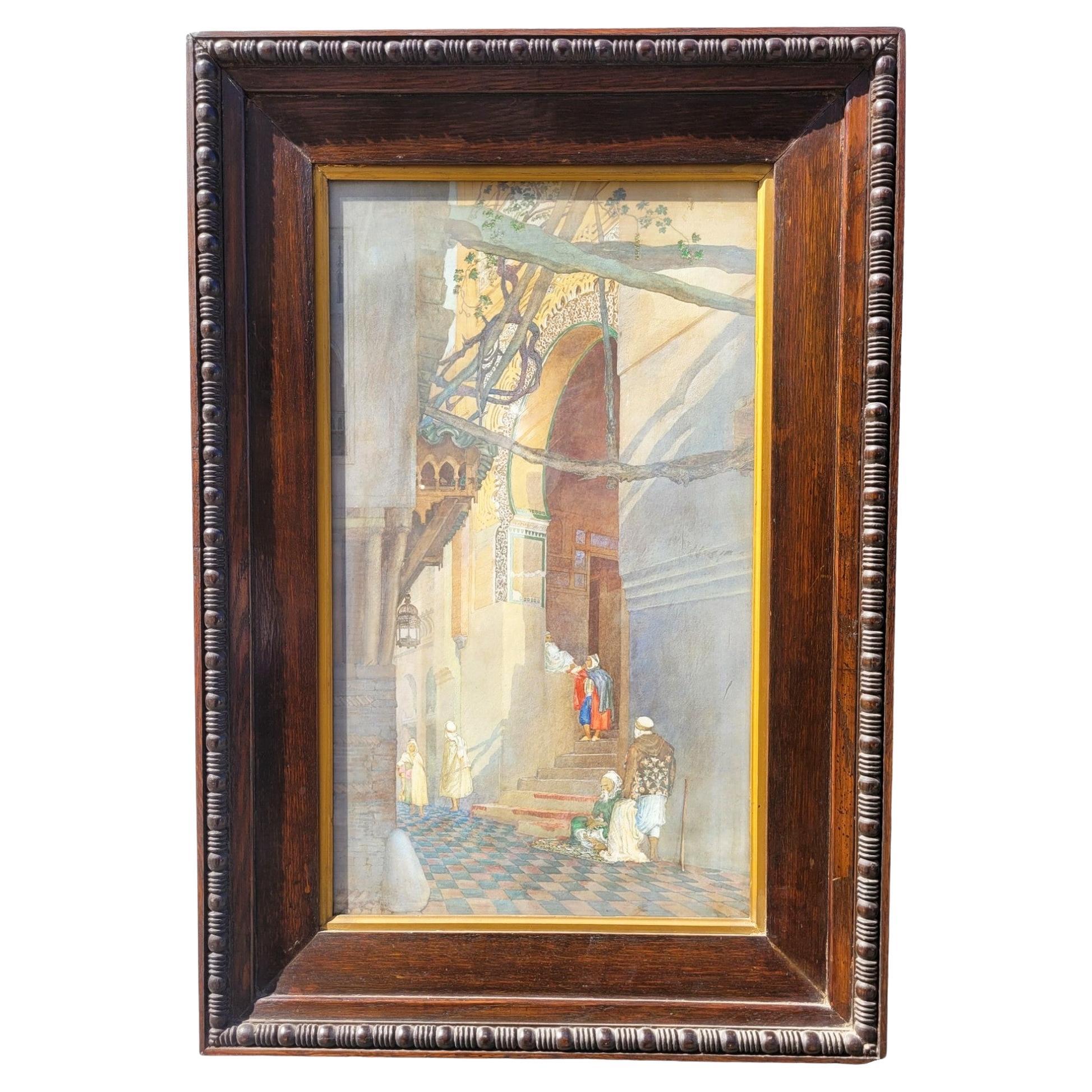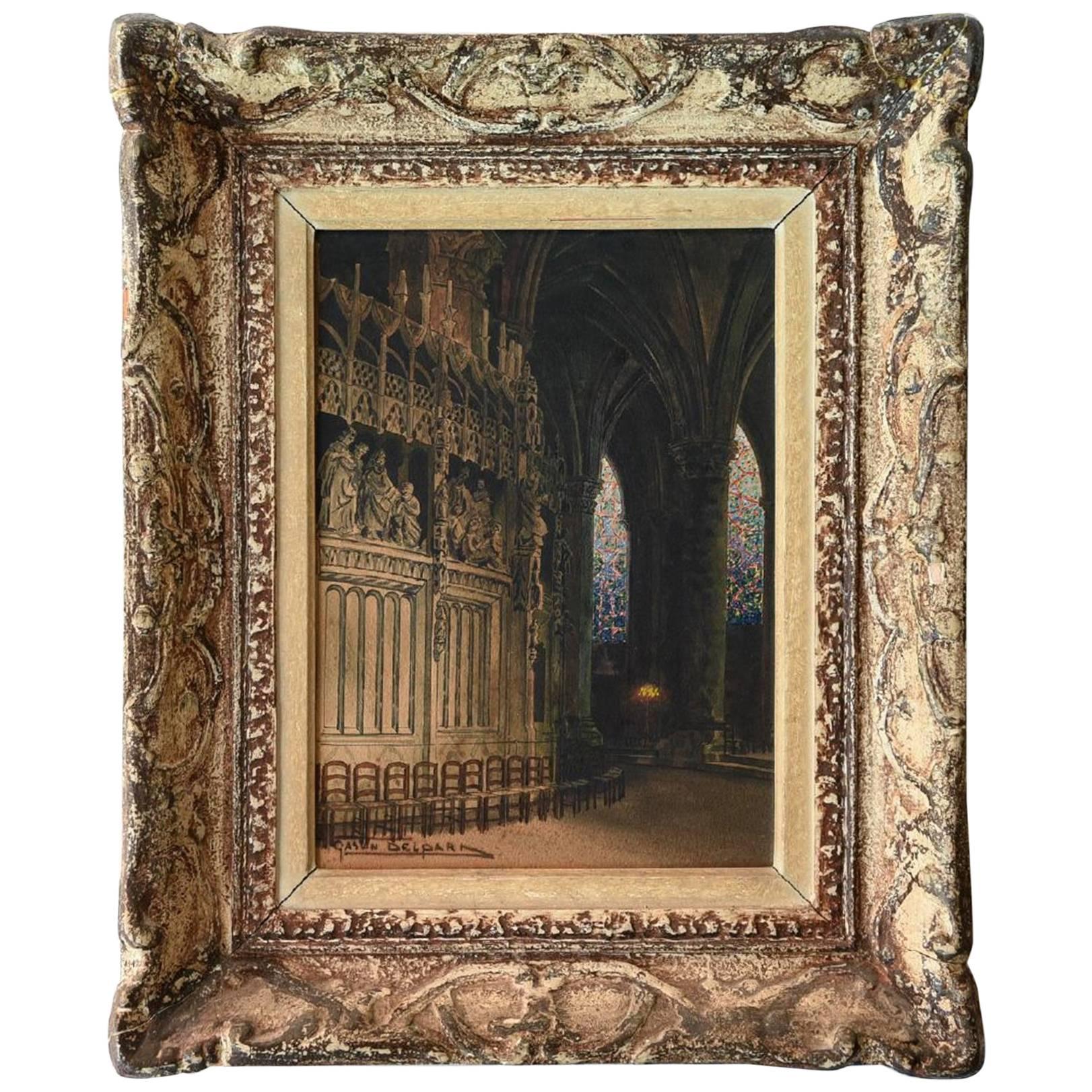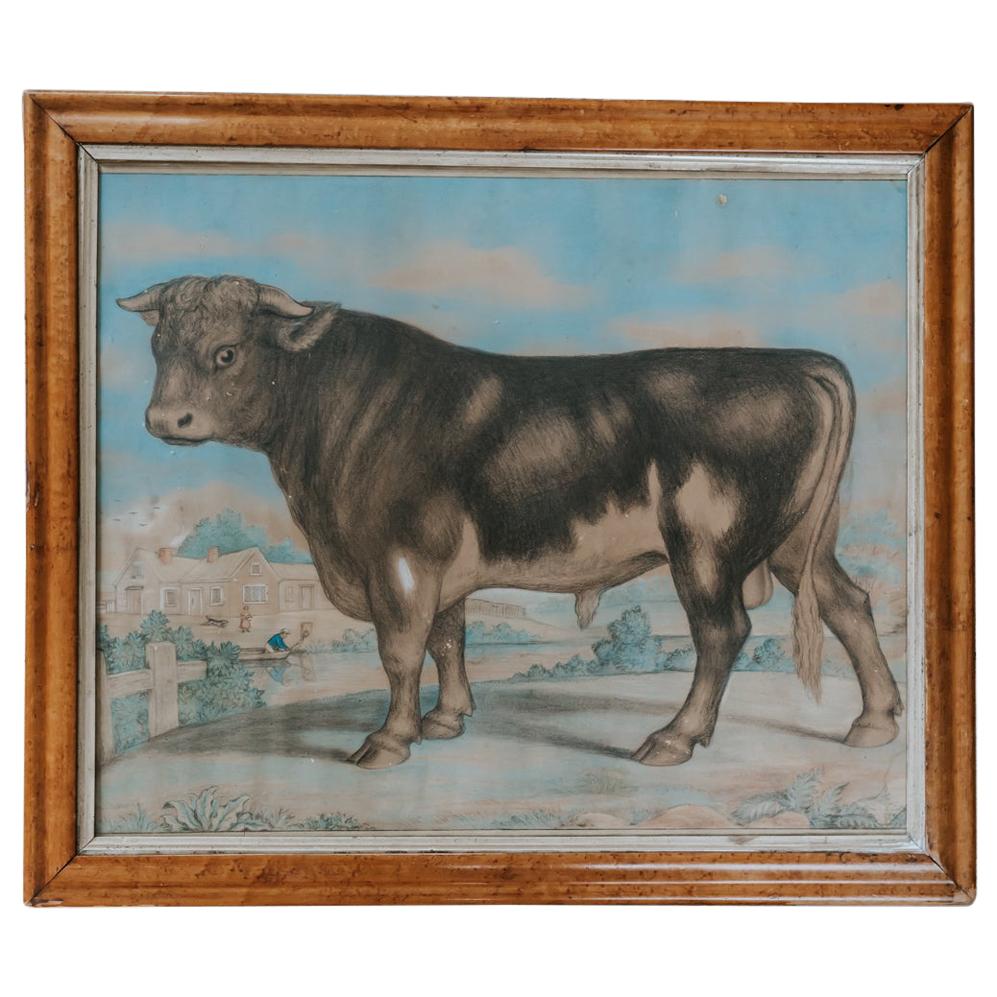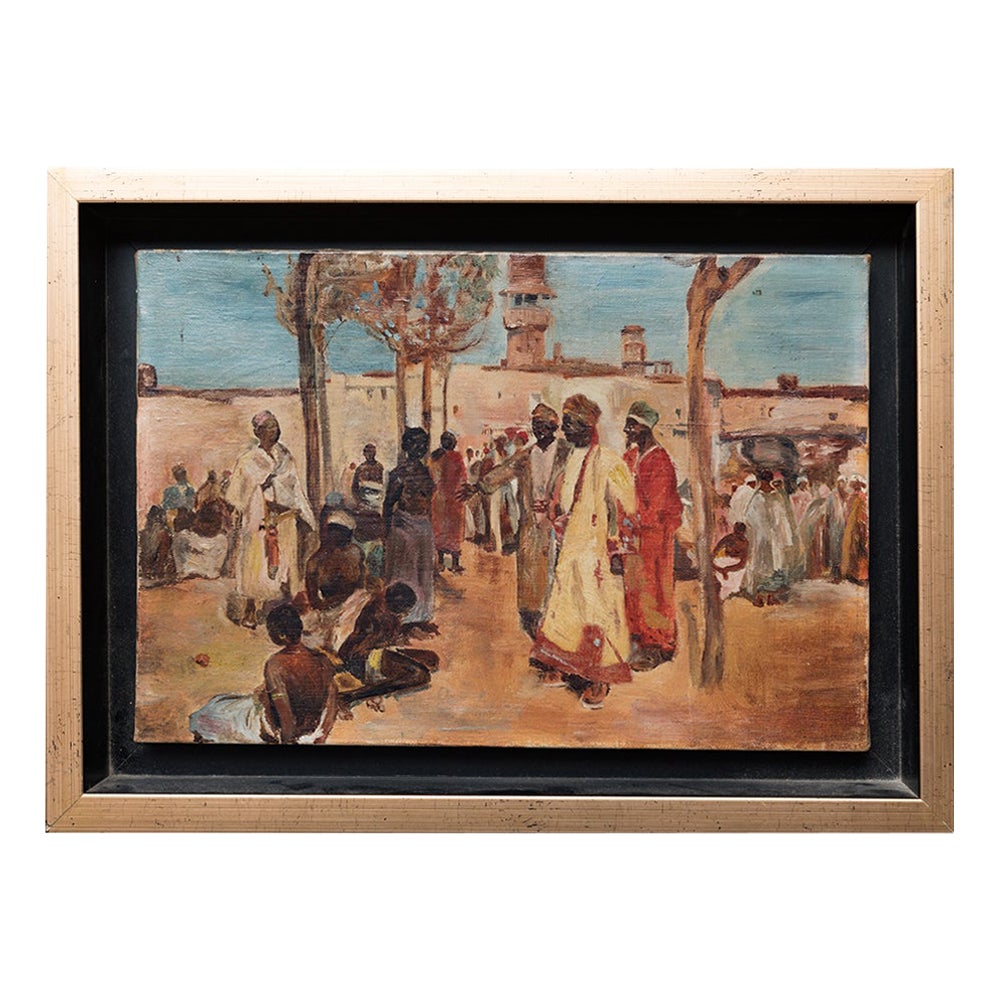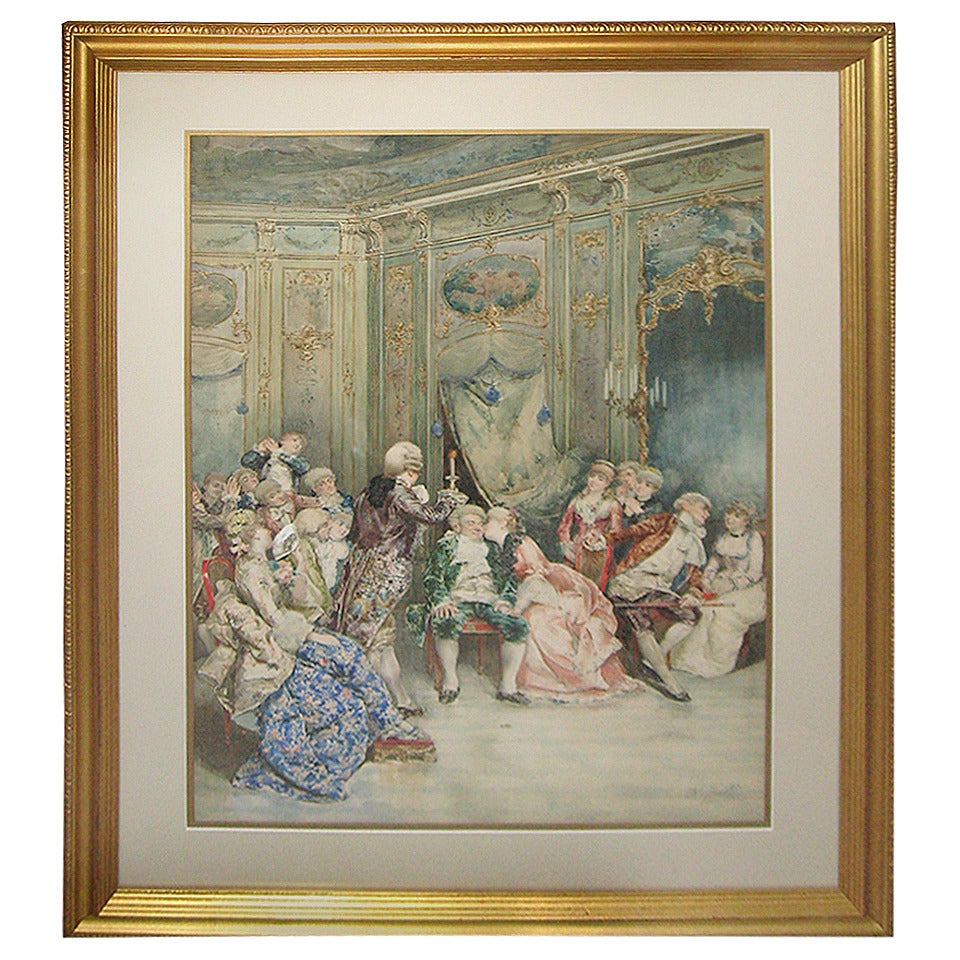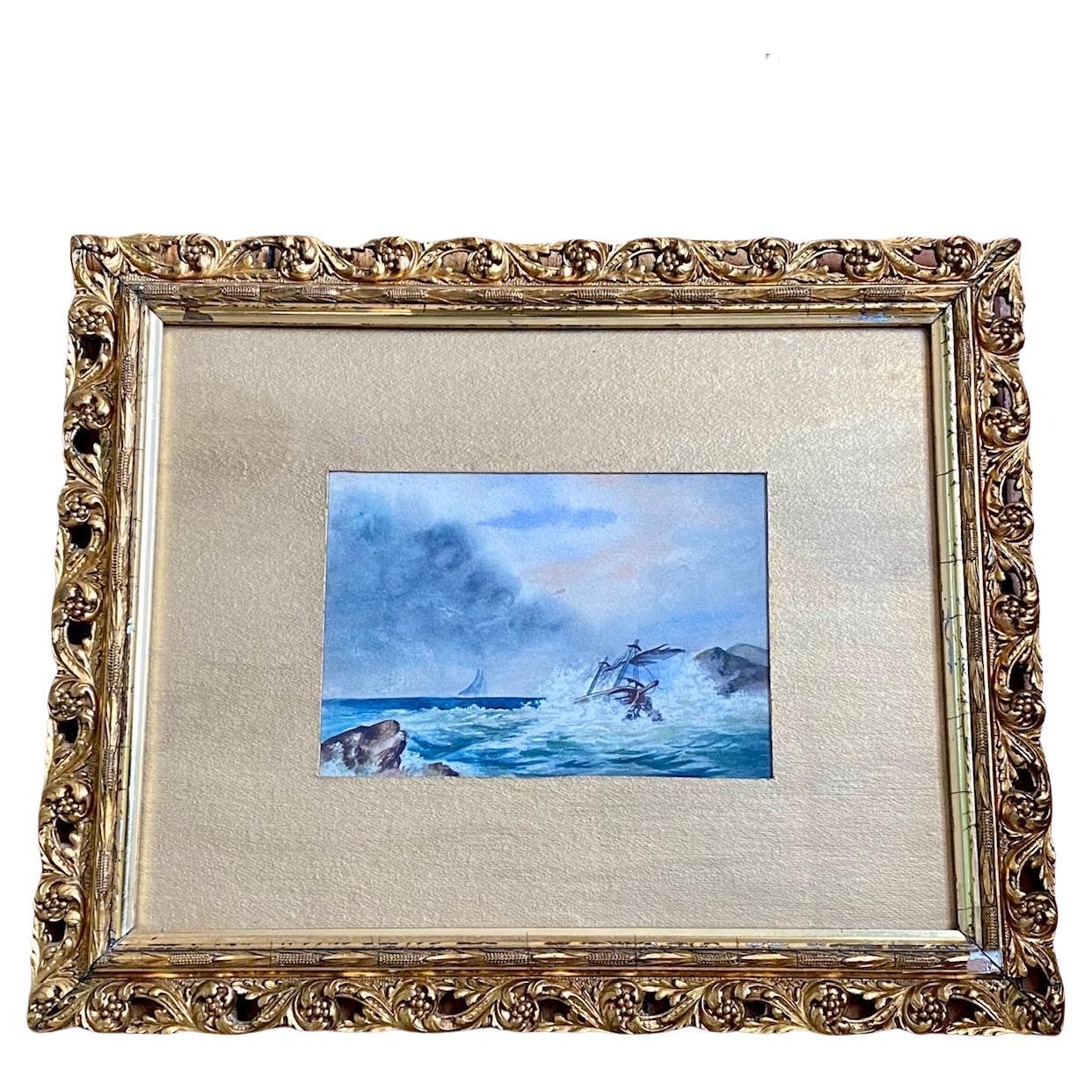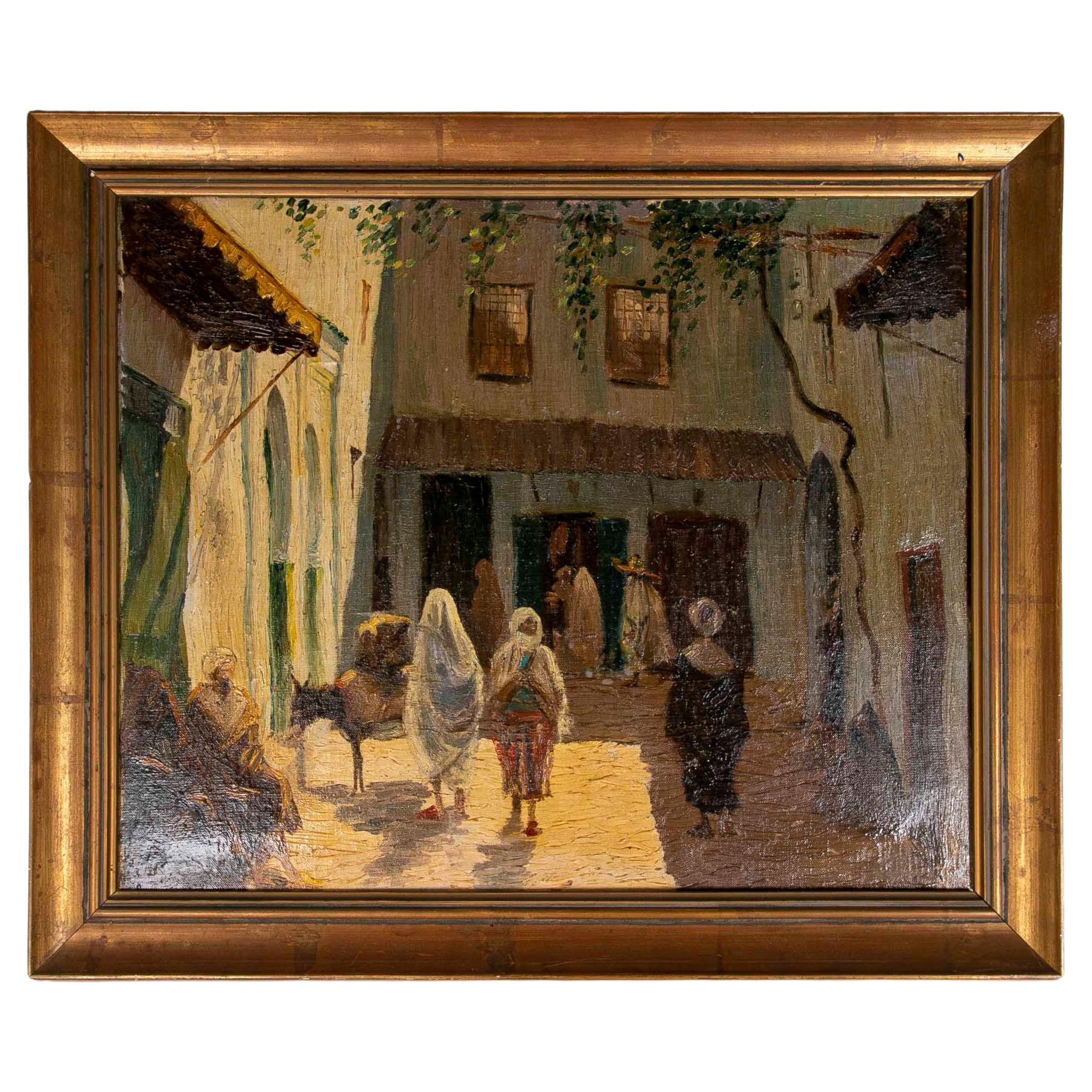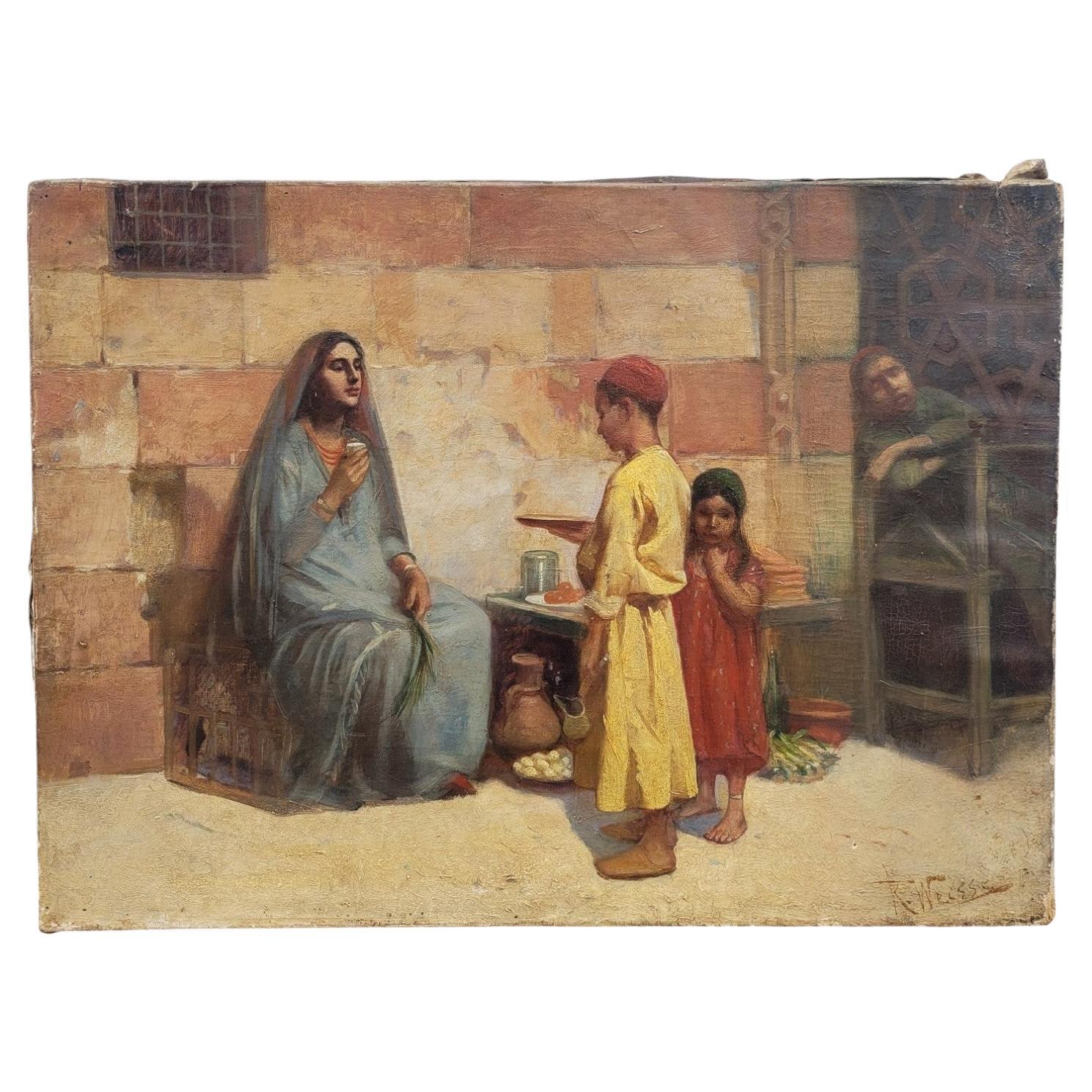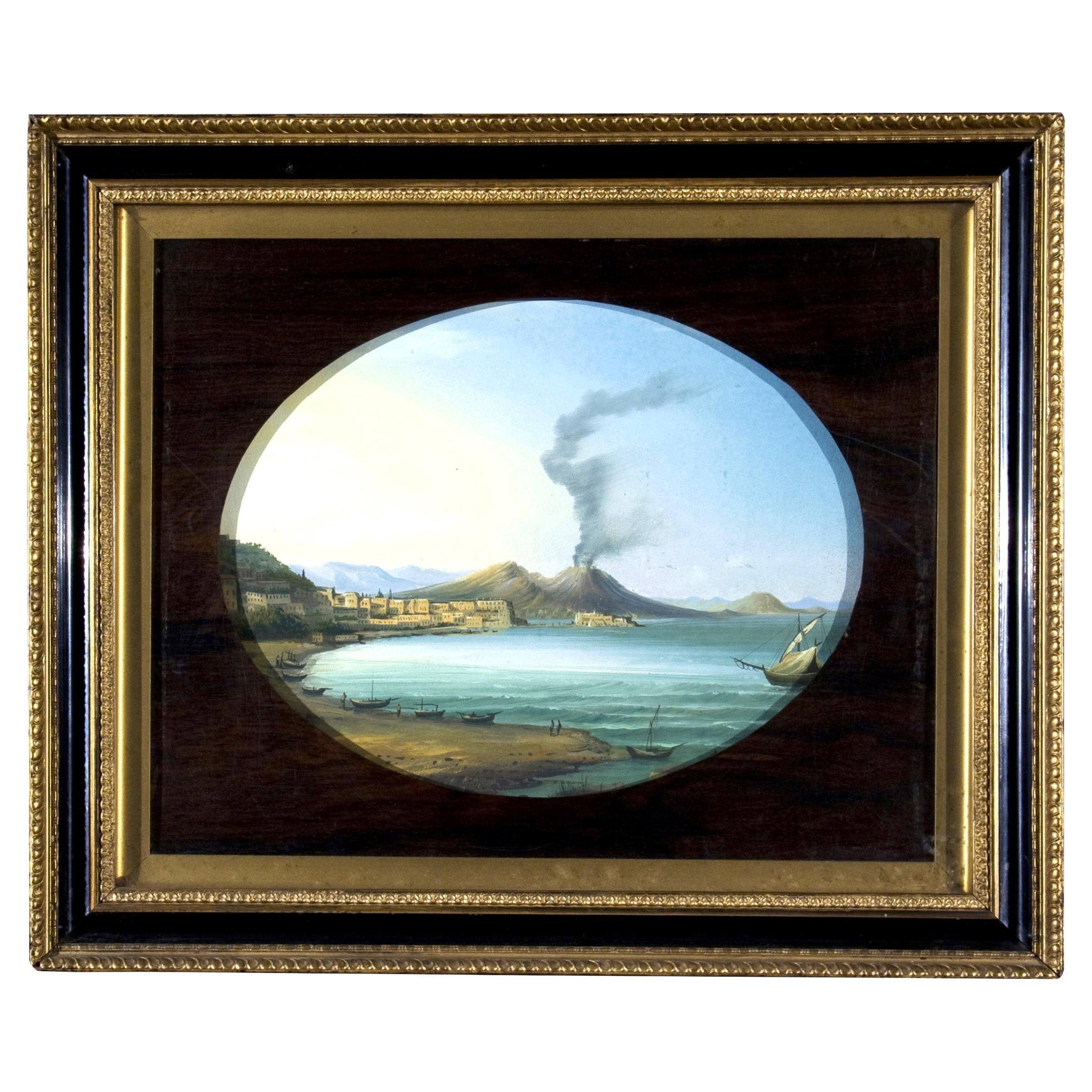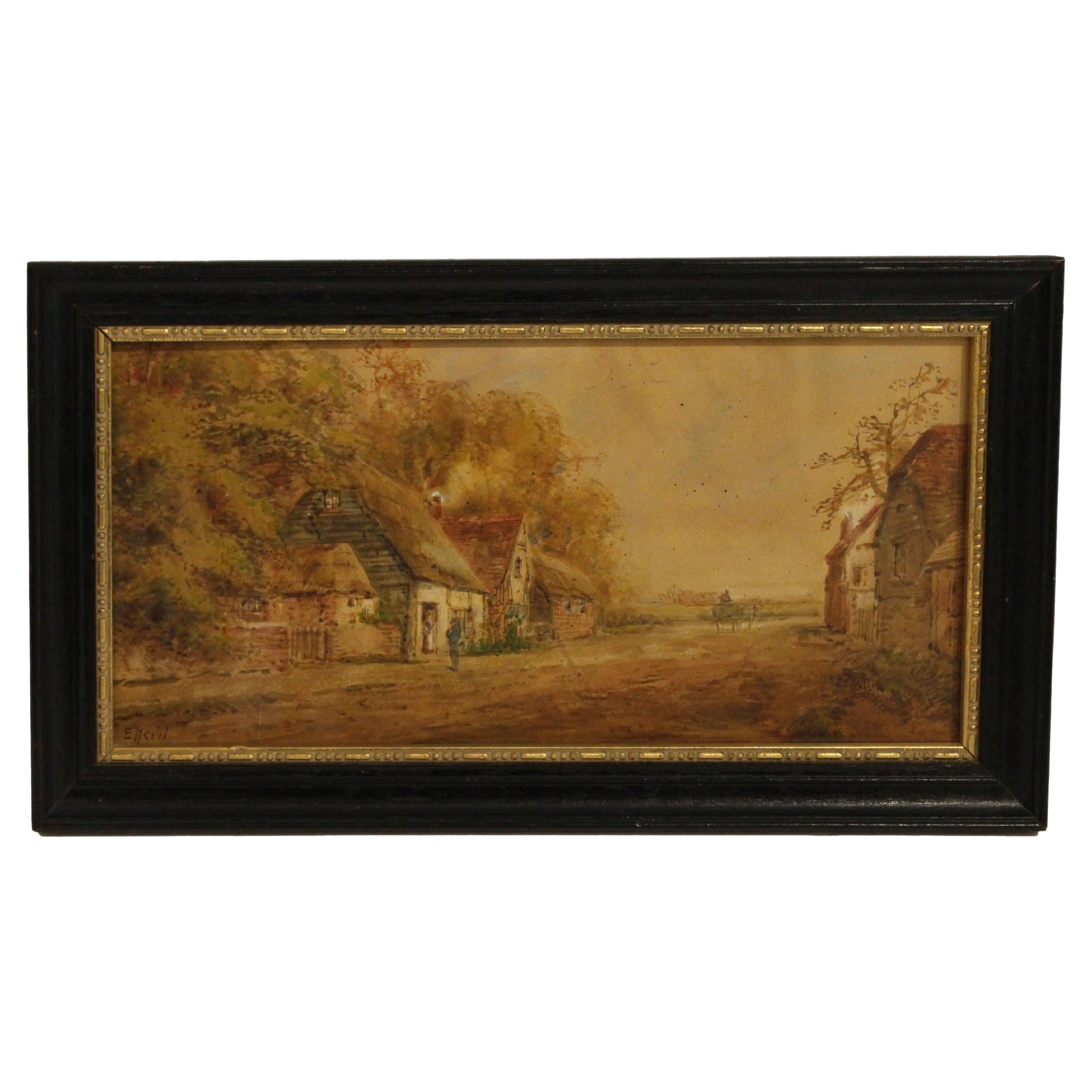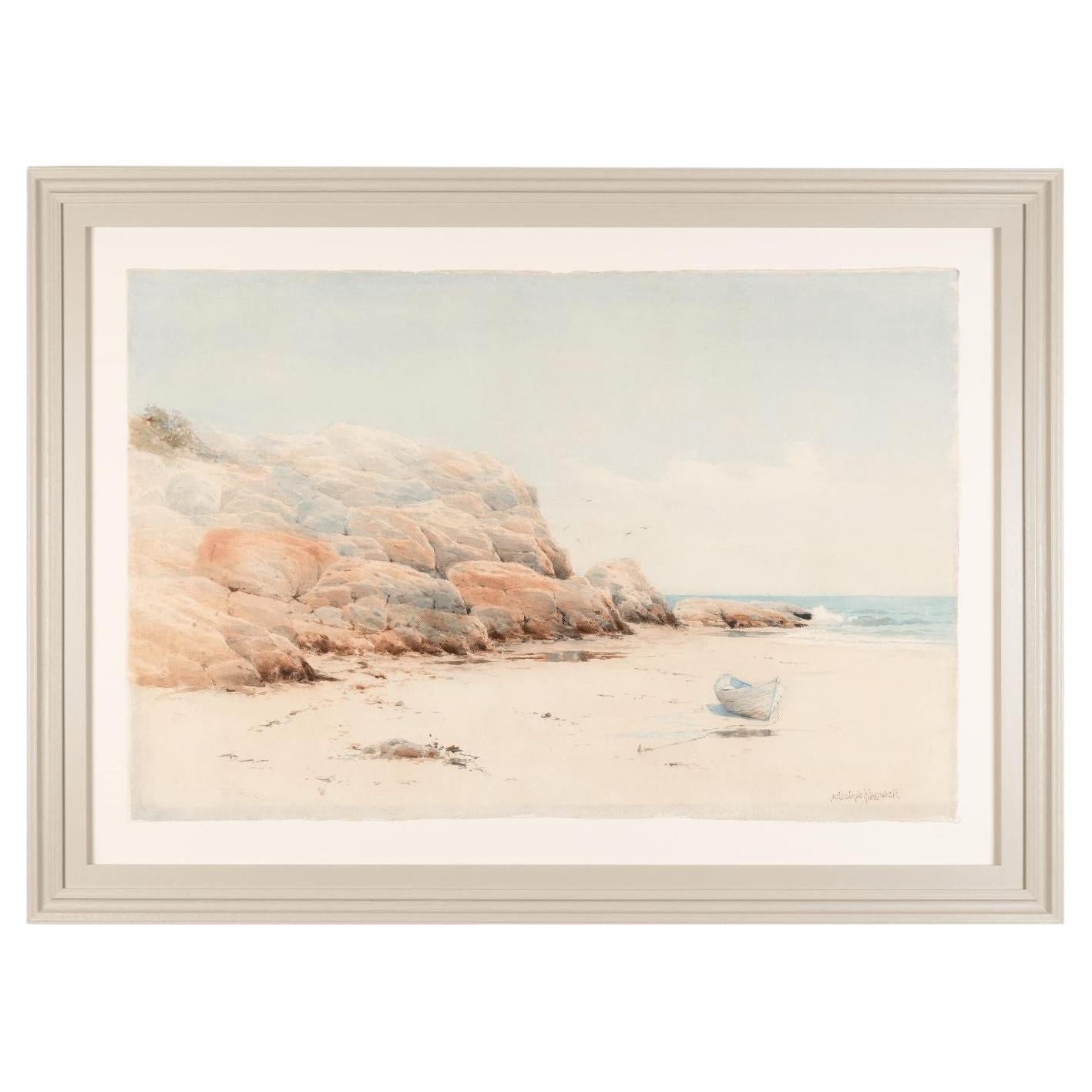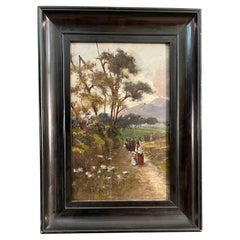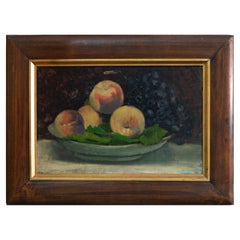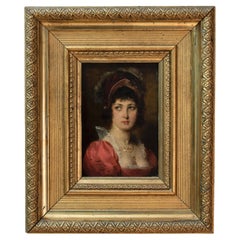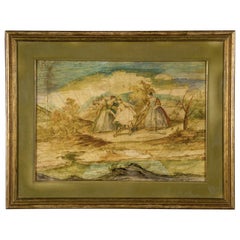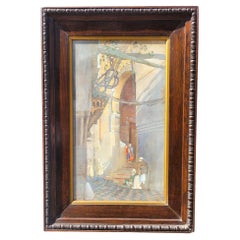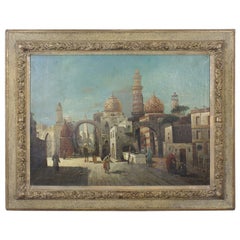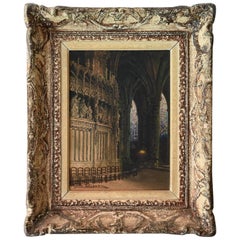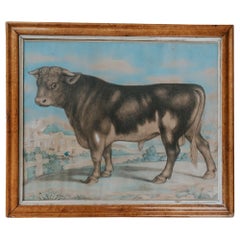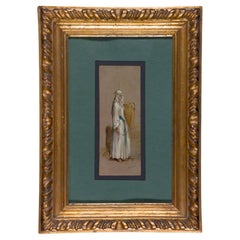
Domenico Morelli 19th Century Orientalist Watercolor
View Similar Items
Want more images or videos?
Request additional images or videos from the seller
1 of 6
Domenico Morelli 19th Century Orientalist Watercolor
$1,397.63List Price
About the Item
- Attributed to:Domenico Morelli (Artist)
- Dimensions:Height: 15.36 in (39 cm)Width: 11.23 in (28.5 cm)Depth: 1.58 in (4 cm)
- Style:Grand Tour (Of the Period)
- Materials and Techniques:
- Place of Origin:
- Period:
- Date of Manufacture:1870 ca.
- Condition:Wear consistent with age and use. Minor fading.
- Seller Location:Roma, IT
- Reference Number:1stDibs: LU4827240132312
About the Seller
5.0
Gold Seller
Premium sellers maintaining a 4.3+ rating and 24-hour response times
Established in 2005
1stDibs seller since 2019
91 sales on 1stDibs
Typical response time: 2 hours
Authenticity Guarantee
In the unlikely event there’s an issue with an item’s authenticity, contact us within 1 year for a full refund. DetailsMoney-Back Guarantee
If your item is not as described, is damaged in transit, or does not arrive, contact us within 7 days for a full refund. Details24-Hour Cancellation
You have a 24-hour grace period in which to reconsider your purchase, with no questions asked.Vetted Professional Sellers
Our world-class sellers must adhere to strict standards for service and quality, maintaining the integrity of our listings.Price-Match Guarantee
If you find that a seller listed the same item for a lower price elsewhere, we’ll match it.Trusted Global Delivery
Our best-in-class carrier network provides specialized shipping options worldwide, including custom delivery.More From This Seller
View AllCamille Corot Follower 19th Century Italian Landscape
By Jean-Baptiste-Camille Corot
Located in Roma, IT
Camille Corot Follower 19th Century Italian Landscape
Beautiful oil on panel work by a very close artist Jean-Baptiste-Camille Corot.
It depicts, in his typical style, a suggestive ...
Category
Antique Late 19th Century Italian Grand Tour Paintings
Materials
Wood
19th Century Signed French Still Life
By E.A. Baron Deslandes
Located in Roma, IT
Important painting "Still life" oil on canvas of the second half of the 800 by the great artist Aémile-Auguste Vivier-Deslandes called "Baron Deslandes".
Of rare intensity and beauty...
Category
Antique 1880s French Romantic Paintings
Materials
Canvas, Wood
19th Century Signed Portrait of a Young Gentlewoman Painting
By Francesco Vinea 2
Located in Roma, IT
Francesco Vinea portrait of a woman
Portrait of Empire taste
Work by painter Francesco Vinea ( Forli 1845- Florence 1902).
Oil on panel, depicting a young woman in Empire style in re...
Category
Antique 19th Century Italian Empire Paintings
Materials
Wood
Gian Domenico Tiepolo Follower Period Italian Painting
By Giovanni Battista Tiepolo
Located in Roma, IT
A beautiful and important painting fan-shaped on parchment produced by an 18th century Venetian artist from the circle of Gian Domenico Tiepolo.
It depicts with rare skill and refine...
Category
Antique Mid-18th Century Italian Rococo Paintings
Materials
Glass, Wood
Period Italian Signed Grand Tour Watercolor
Located in Roma, IT
Period Italian Signed Grand Tour Watercolor
Beautiful watercolour depicting the ancient Roman colony Timgad
Signed, dated and located in the l...
Category
Early 20th Century Italian Grand Tour Paintings
Materials
Glass, Wood, Paper
John Ruskin 19th Century Watercolor Credited
By John Ruskin
Located in Roma, IT
This beautiful watercolor drawing of unmatched quality can be assigned entirely likely to the great artist and thinker John Ruskin.
Ruskin's developing interest in architecture, and ...
Category
Antique Late 19th Century British Romantic Drawings
Materials
Paper
You May Also Like
Lively Alley, Framed Orientalist Watercolor, Late 19th Century Early 20th Centur
Located in MARSEILLE, FR
Orientalist watercolor in bright colors, representing a lively alley of people seated or walkig under a vine
Framed watercolor: patinated oak frame and golden rod, framer Foord & Di...
Category
Antique Late 19th Century European Napoleon III Paintings
Materials
Paper
19th Century Orientalist Oil on Canvas Painting
Located in Palm Beach, FL
German Orientalist oil on canvas painting of a street scene. Long shadows suggesting start of the day, complete with merchants, travelers, ar...
Category
Antique Late 19th Century German Moorish Paintings
19th Century Watercolor of a Cathedral
Located in Sheffield, MA
Watercolor on paper mounted on masonite board with ornate gilt frame.
Dimensions: (Board) H 13.5" x W 10"
Category
Antique 19th Century Paintings
Materials
Paper
19th Century Watercolor of a Bull
Located in Brecht, BE
Charming and naive 19th century watercolor of a bull in its original bird's-eye maple frame.
Category
Antique Late 19th Century British Paintings
Materials
Paper
Late 19th, Early 20th Century, English Painting Orientalist School
Located in Marbella, ES
English orientalist school; late 19th - early 20th century.
"Slave market".
Oil on canvas.
Presents stamps on the back.
Measurements: 26,5 x 36 cm; 27 x 37 cm (frame).
The orien...
Category
Antique Early 1900s English Paintings
Materials
Canvas
Ettore Simonetti 19th Century Watercolor Painting
By Ettore Simonetti
Located in Water Mill, NY
Ettore Simonetti (Italian, 1857-1909) well listed Italian artist. Watercolor signed and dated Roma 1882. Sight H 29". W. 20.75" in giltwood frame under glass.
Category
Antique 19th Century Italian Paintings
Materials
Paper
Recently Viewed
View AllMore Ways To Browse
Antique Hawaiian Prints
Antique Japanese Lacquerware
Antique Letter Seals
Art Deco Lipstick
Butterfly Under Glass
Camel Tapestry
Canary Glass
Carrera Marble Dining
Cassettiera Vintage
Celina Decoracoes
Charles Limbert Arts And Crafts Furniture
Chevron Dining Table
Chevron Door
Chicken Plate
China Cabinets and Hutches
Chinese Antique Export Seal
Chinese Lacquer Antique Screens
Chinoiserie Bamboo Cabinet
